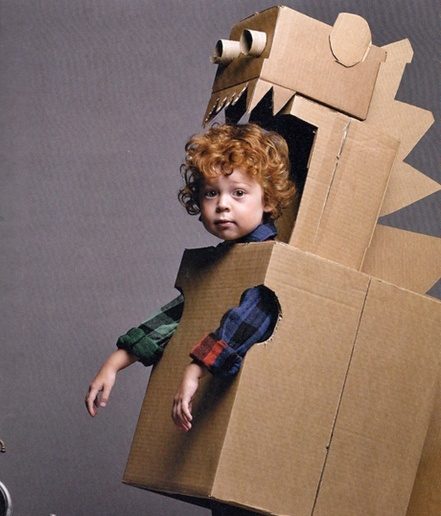Ever checked to see if your student is doing their homework only to find them listening to music, chatting on their phone, checking their social media sites and doing their homework at the same time?
Multitasking is the new reality that most teens have grown up with, but does it mean that they are doing a number of tasks badly or are they actually being more efficient? The answer to this question depends largely on the individual learner and the kind of tasks they are performing.
The average student spends about seven hours a day using electronic devices and 58% say they multitask while doing homework. Studies are ongoing as to what the influence of multitasking and electronic devices will have on cognitive and social development, but there are very practical ways to measure whether multitasking has a positive or negative effect on your student’s ability to study or do their homework.
A Stanford University study found that when students switch from one task to another, it negatively affects their ability to think critically or evaluate. Multitasking students were hampered when trying to discern which information was vital and they had to reorient themselves whenever they went back to a task which actually wasted more time than multitasking saved.
A Kaiser Family Foundation study found that 47% of students who spent more than 16 hours a day multitasking received lower grades (lower C’s) than students who spent less time on electronic devices. While these examples are extreme, there is evidence that the brain really isn’t very good at juggling more than one or two tasks at a time. Professor Earl Millar, an MIT neuroscientist, scanned volunteer’s brains as they multitasked and found that only one or two of the visual stimulants could activate the brain at any one given time.
This is especially true when we try to perform two tasks that use the same areas of the brain. For example if you are trying to send a tweet while writing an essay, your brain becomes overloaded and simply slows down.
Not all multitasking is bad. Some studies have shown that playing instrumental or classic music quietly in the background can actually improve concentration and higher cognitive functioning while having a number of sources of information open can help reduce the amount of time students spend on research.
If multitasking is limited to two separate tasks that require different parts of the brain, then it can be successfully accomplished. Limit the number of distractions your students have and try to encourage them to concentrate on one task at a time when they are studying or doing their homework.
Test this out for yourself! Conduct practical tests to see how your student fares when multitasking. Set out a number of similar tasks like multiple choice science questions or math problems. Get your student to do half of them while multitasking and the other half while focusing on the task at hand. Compare accuracy and time taken to establish what works best for them.

